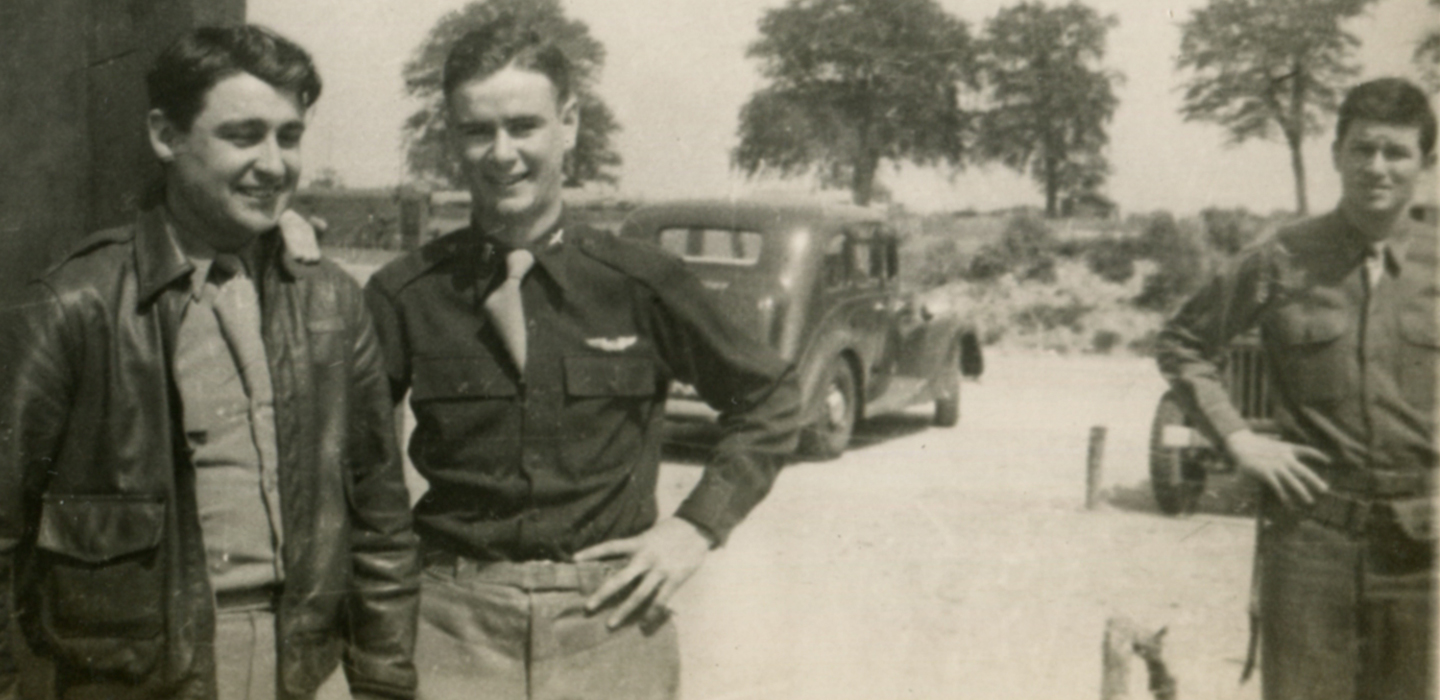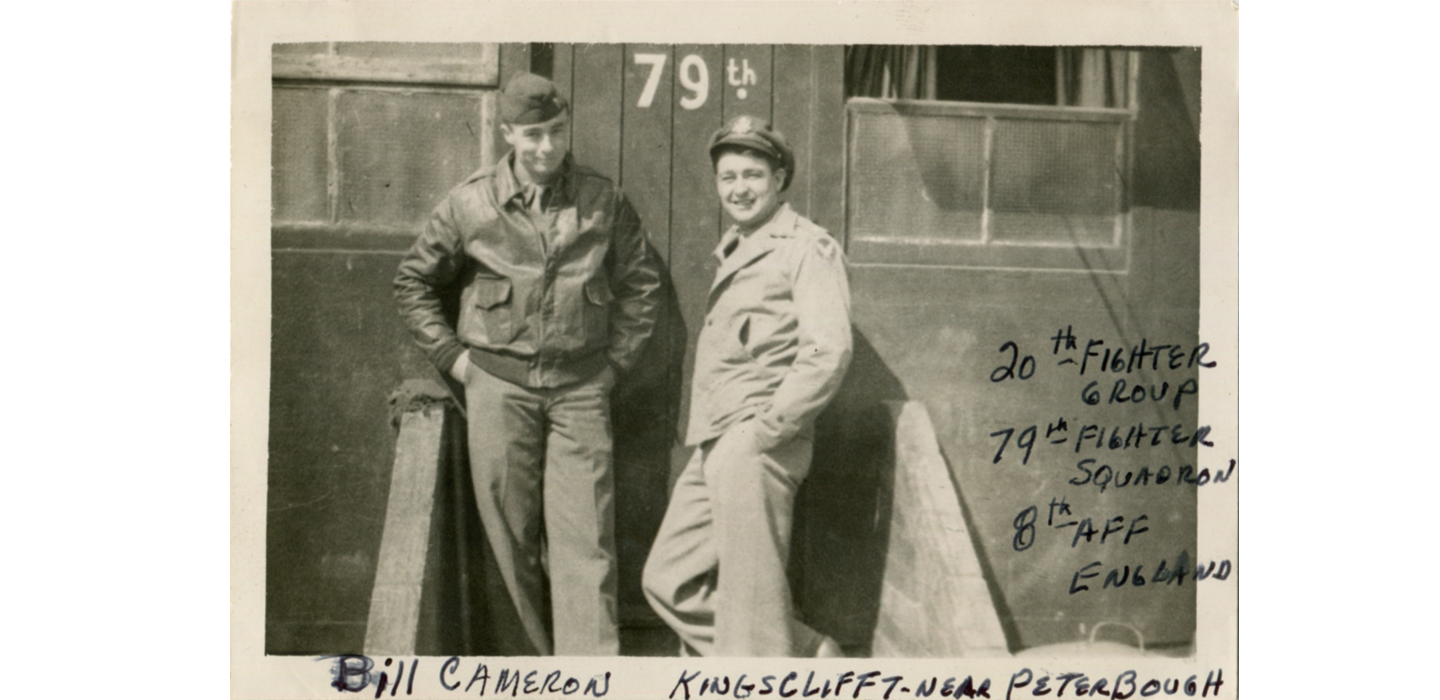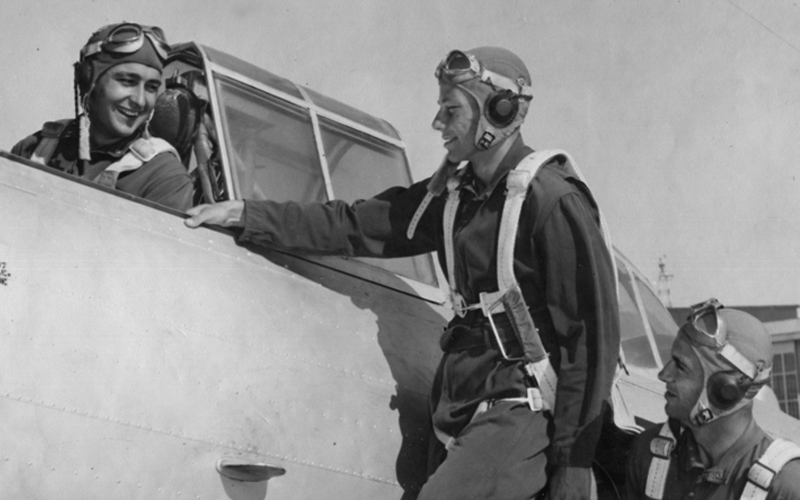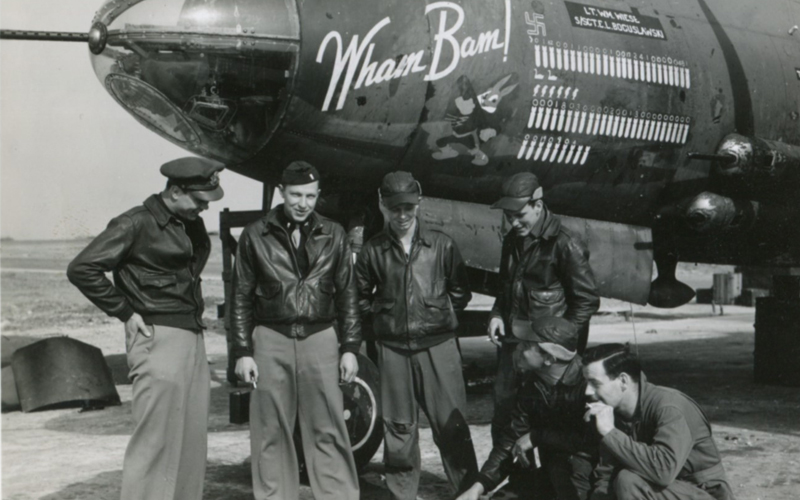From the History of the 387th Bomb Group/558th Bomb Squadron Booklet [compiled by George Fallon]
“On June 7, 1944, the afternoon mission proved to be one of the roughest and most remarkable ever flown by the group. Captain Rollin D. Childress was to lead eighteen aircraft to a fuel dump in the Foret De Grimbusq, sout of Caen. At the take off at 1958 hours the ceiling was 900 feet. The formation assembled without difficulty; but on going up through the solid overcast it became widely dispersed. Eleven of the planes returned to the base; one crash-landed at Gravesend; and one, piloted by First Lieutenant Raymond V. Morin, crashed while attempting to land at Briston in ceiling zero weather. Captain Childress gathered three aircraft with his own and continued on, sometimes at deck level in quarter of a mile visibility. He managed to find the target, and his bombardier, First Lieutenant Wilson J. Cushing, bombed it with great accuracy from 6,000 feet. As the formation of four turned off the target, moderate extremely accurate heavy flak shot down the fourth airplane piloted by Charles D. Schober. The airplane exploded in mid-air and no parachutes were observed. Included in Captain Schober’s crew was Captain John D. Root, group weather officer.
The remaining three aircraft, proceeding homeward, braved the horrible weather conditions over England and landed at the base at 2230 hours. Captain Childress was congratulated on his tenacity and perseverance by Colonial Willard Lewis, commander of the 98th Combat Wing, and by group commander Lieutenant Colonel Thomas H. Seymour.
Captain Rollin D. Childress was also awarded the Silver Star. The effectiveness of the bombing was attended to by a congratulatory telegram from the ground forces which stated that the important fuel dump, the immediate supply for an entire Panzer division, was destroyed.”
© 2022. All Rights Reserved.







